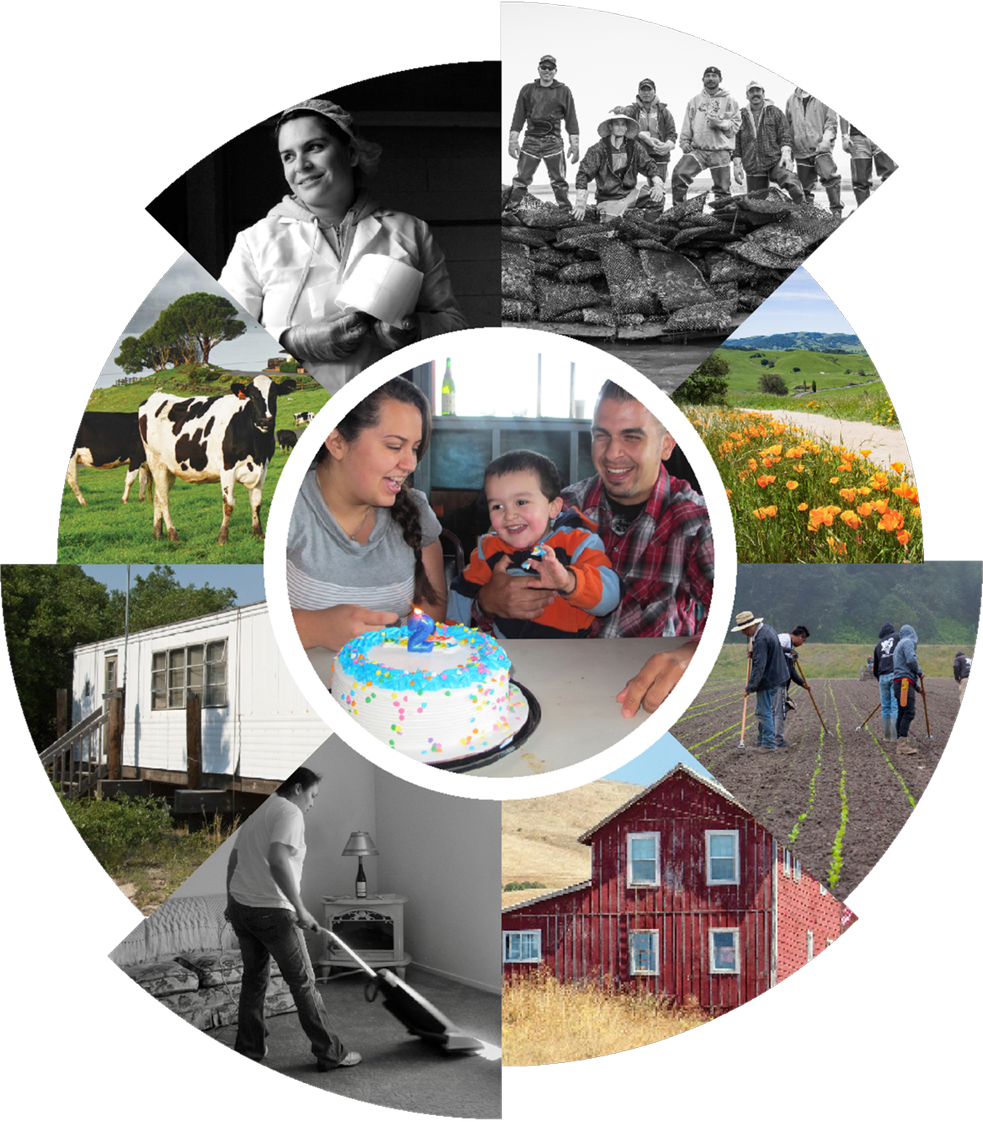West Marin is at a critical juncture as it faces significant challenges in providing safe, affordable housing for its essential workers. A groundbreaking study, “Growing Together: Advancing Housing Solutions for Workers in West Marin,” was released, shedding light on the complex housing crisis affecting our community and economy.
We invite you to learn more about this crucial issue and how you can be part of the solution. Together, we can ensure that our community remains vibrant, diverse, and accessible to all who contribute to its special character.

Read the full study, explore key findings, and discover actionable recommendations at wmhousingsolutions.org
Visit wmhousingsolutions.org


West Marin at a Housing Crossroads
New study sheds light on urgent need for action to address housing for West Marin’s service and agricultural workers.
A groundbreaking study released today by a coalition of housing, agriculture, philanthropic, and community stakeholders in West Marin unveils the complex challenges and collaborative solutions needed to address the housing crisis facing the West Marin community and economy.
The study, “Growing Together: Advancing Housing Solutions for Workers in West Marin,” is the culmination of in-depth interviews, surveys, community listening sessions, and other statistical research conducted over a 12-month period, beginning in 2023.
Commissioned by the Committee for Housing Agricultural Workers and Their Families — a coalition formed by the County of Marin and Marin Community Foundation, together with West Marin Fund and numerous other community partners and leaders — the study sheds light on the web of issues facing West Marin’s workforce housing landscape. From dairy farms to cattle ranches, from small goods stores to restaurants and cafes, the fabric of West Marin is woven by the hands of workers who increasingly cannot afford to live where they work. Those who do live here often find themselves in housing that is unpermitted, substandard, and not fit for human living.
Key findings from the study include:
- Much of the rental housing in West Marin is in poor condition and lacks basic amenities. Approximately 78 percent of households interviewed for the study live in housing with major health and safety violations.
- Latino workers and their families are most likely to live in this substandard housing because they comprise the majority of the workforce on West Marin’s ranches and farms, and this housing is all they can afford in proximity to their work. Hundreds of other service workers and families are priced out of West Marin and have no other choice than to commute long distances from outside of West Marin.
- The insufficient supply of housing in West Marin is having a detrimental impact on everyone from visitors to community members and business owners. Employers are finding it harder to keep their businesses going as employee shortages, due to lack of housing, have contributed to dairies shuttering and restaurants reducing hours.
- Service workers here are among the lowest-paid workers in Marin County. Their services enable hundreds of thousands of visitors from the Bay Area and beyond to enjoy the pleasures of Point Reyes National Seashore and surrounding tourist attractions. The workers interviewed for this study have worked in the area for an average of 20 years. Their voices and experiences are essential to solving the housing crisis.
“We are a community at a crossroads, a breaking point,” says Sarah Hobson, executive director of West Marin Fund. “This study pulls back the curtain on a region that people often associate with idyllic landscapes, outdoor recreation, farm-to-table offerings, and small-town charm. In truth, we are facing a stark choice: continue down a path that excludes the very people who make West Marin vibrant and alive, or come together to create more equitable housing solutions and a truly inclusive community. This isn’t just about preserving our scenic beauty — it’s about ensuring the vitality and diversity of our region for generations to come.”
Unlike previous reports, this study doesn’t just identify problems; it charts a collaborative path forward and outlines four key recommendations for taking action:
1. Rehabilitate existing substandard rental housing, most urgently the housing on ranches and for residents living in or displaced by substandard housing conditions.
2. Maximize existing housing and develop new housing by incentivizing opportunities for property owners to provide safe housing options for local workers.
3. Increase tenant protections and safety net services by formalizing tenant leases and access to legal aid and other assistance.
4. Build public and political will by strengthening Latino organizing and advocacy and inspiring homeowners and officials to act.
“We don’t want this to be just another study that will gather dust on a shelf,” said Cassandra Benjamin, the lead author of the study. “It’s a call to action for state and county legislators, businesses, nonprofits, and community leaders to work together in unprecedented ways. We need policy changes, funding, and a willingness to ensure our workforce can remain in our communities.”
The study represents a turning point for West Marin. By bringing together diverse stakeholders — from agricultural employers to community land trusts, from county agencies to nonprofit organizations and working families — it lays the groundwork for a collaborative approach that acknowledges the complexity of the issue while providing concrete steps forward.
“This isn’t just a bricks-and-mortar issue,” said Rhea Suh, president and CEO of Marin Community Foundation. “This is a people issue — people living in the most dire and challenging circumstances. We need to do more and we need to do it with the level of urgency that is required. We co-funded this report so that undeniable proof of the situation can be established and that solutions can be tailored to each family’s needs.”
The full “Growing Together” study, action items, a listing of community learning sessions, and other materials can be found at wmhousingsolutions.org. A number of community gatherings are being planned to share the findings and recommendations from the study and engage community members and local leaders in taking action on solutions.
About the County of Marin
Marin County is dedicated to providing excellent services that support safe, healthy, and sustainable communities while preserving our unique environmental heritage. We foster a vibrant, inclusive community where all residents are encouraged to meaningfully participate in governance. From our scenic coastlines to thriving local areas, we enhance the quality of life for everyone who lives, works, and visits here. Through collaboration, innovation, and respect for nature, Marin County strives to build a resilient and prosperous future for all. For more information, visit marincounty.gov.
About Marin Community Foundation
One of largest community foundations in the world, Marin Community Foundation manages $3.3 billion in philanthropic assets for over 560 individuals, families and organizations. It leverages all of its assets – philanthropic capital, position, and connections – along with tremendous power that lies within community, to make meaningful, measurable impact on the greatest inequities we face. For more information, visit marincf.org.
About West Marin Fund
West Marin Fund is a community foundation that inspires giving and mobilizes resources to enhance the long-term wellbeing and quality of life for all in coastal West Marin. Serving West Marin’s coastal area from Muir Beach to Dillon Beach, the Fund inspires giving and mobilizes resources to address local challenges. Through strategic grantmaking, nonprofit capacity building, and community engagement, West Marin Fund strives to create a just and thriving region for people who live, work and visit alike. For more information, visit westmarinfund.org